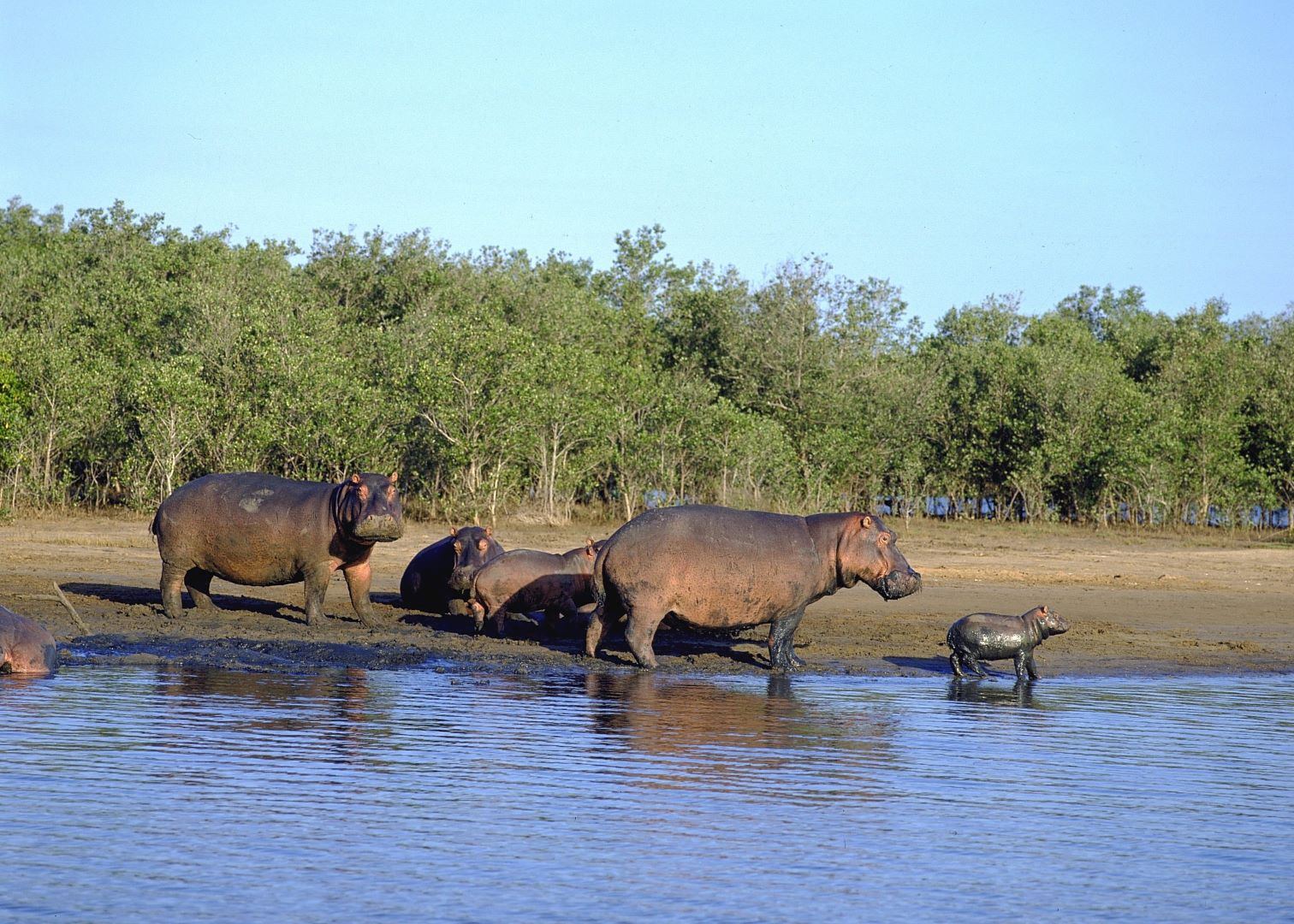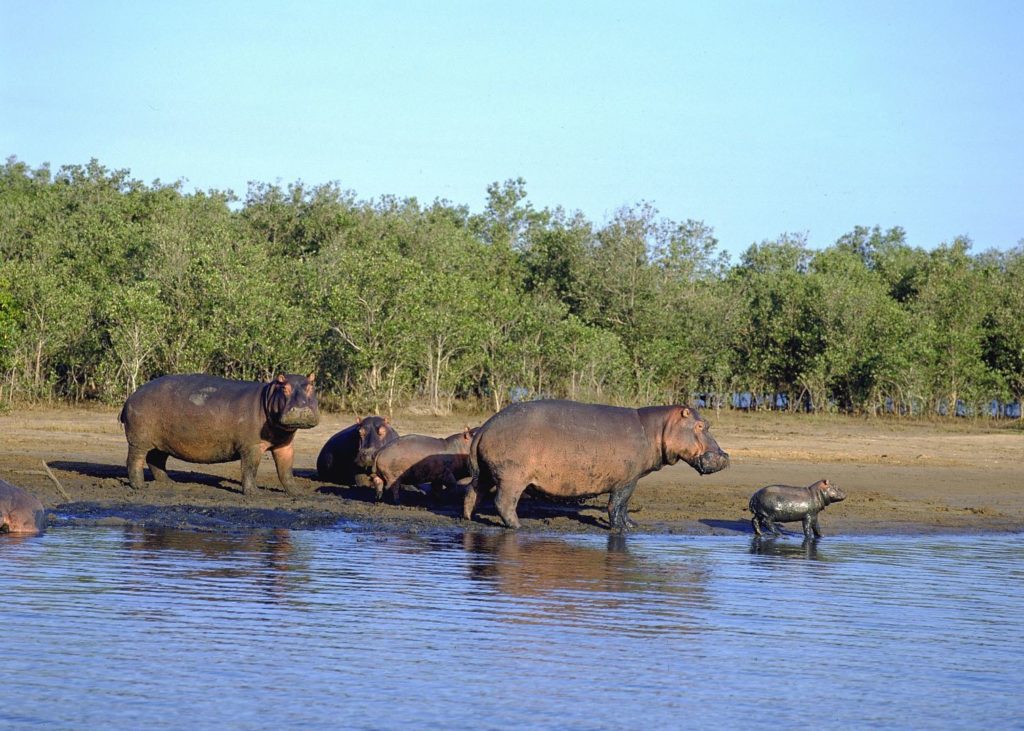Страна:
Регион:
Значение:
Время визита:
Описание:
The ongoing fluvial, marine and aeolian processes in the site have produced a variety of landforms, including coral reefs, long sandy beaches, coastal dunes, lake systems, swamps, and extensive reed and papyrus wetlands. The interplay of the park‘s environmental heterogeneity with major floods and coastal storms and a transitional geographic location between subtropical and tropical Africa has resulted in exceptional species diversity and ongoing speciation. The mosaic of landforms and habitat types creates breathtaking scenic vistas. The site contains critical habitats for a range of species from Africa‘s marine, wetland and savannah environments.
Категории:
Метки:
Темы:
Зачем посещать:
Интерес:
Физподготовка:
Лучшее время:
Доступ:
Roads:
Open:
Info:
Clothing:
Seasonable
Connection:
Ok


